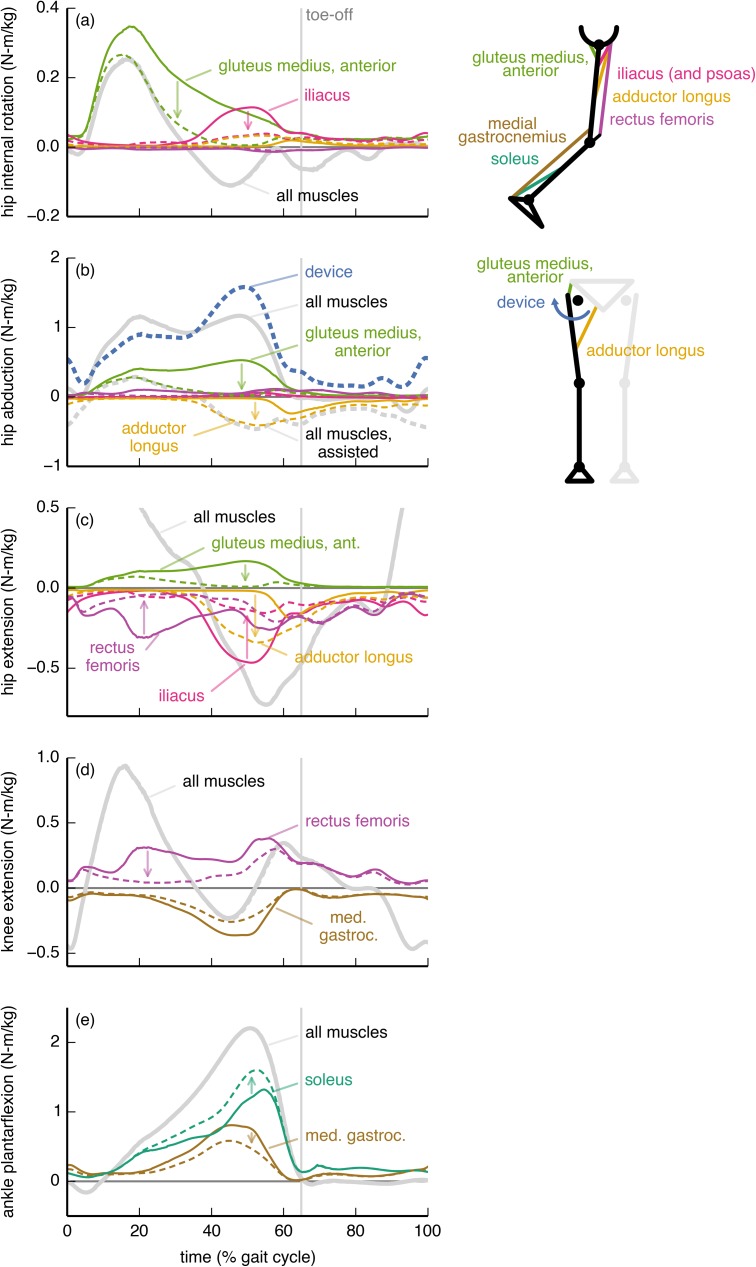Fig 7. Hip abduction device: Joint moments from key muscles.
The moments from the soleus (green), medial gastrocnemius (brown), rectus femoris (purple), iliacus (pink), adductor longus (orange), and gluteus medius (anterior portion; light green) muscles about the (a) hip external/internal rotation, (b) hip adduction/abduction, (c) hip flexion/extension, (d) knee flexion/extension, and (e) ankle dorsiflexion/plantarflexion degrees of freedom are shown without (solid) and with (dashed) the hip flexion device. For comparison, we also show the net moments from all muscles (gray) and from the device (dashed blue). The moments are normalized by subject mass and averaged across the 7 subjects. Without assistance, a large fraction of the hip abduction moment was generated by the gluteus medius. The device replaced the gluteus medius in late stance, but the gluteus medius remained active in early stance to provide a hip internal rotation moment. In late stance, the adductor longus countered the device to provide hip flexion more economically than could the iliacus or psoas (not shown).

